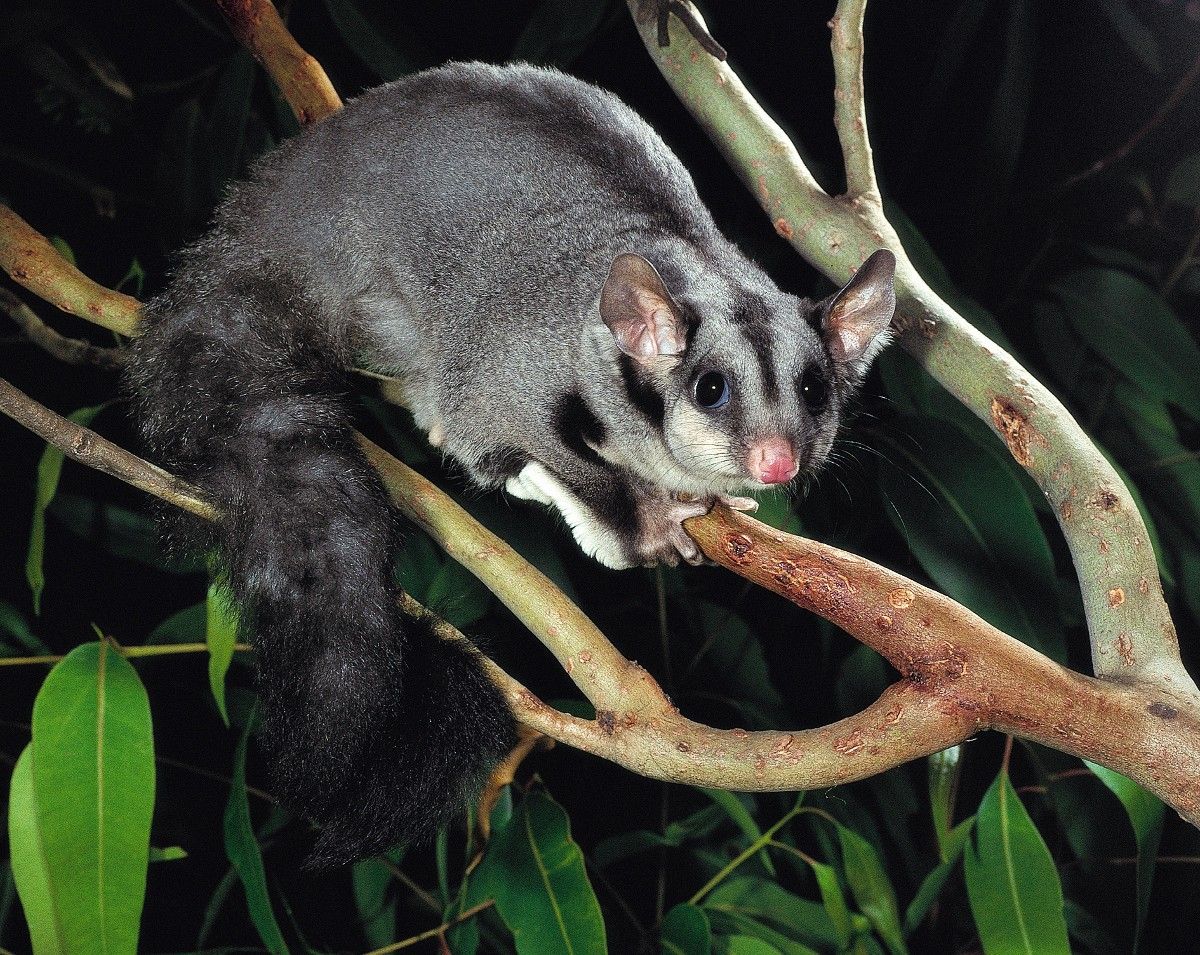
Draft management plan for our tree-dwelling mammals
Published: 10 Aug 2023 9:16am
The community is being encouraged to give their feedback on a draft document which aims to protect, enhance, and increase the targeted habitat of arboreal mammals to help increase their population numbers in our local government area.
At its Ordinary Meeting on Monday night 7 August, Council supported putting the Draft Arboreal Mammal Management Plan on public exhibition for 28 days, from Thursday 10 August.
Wagga Wagga City Council Strategic Sustainability Advisor Carly Hood said the 10-year planning document was identified as an action from Council’s Biodiversity Strategy: Maldhangilanha 2020-2030.

“Since European settlement in the 1830s, more than 90 per cent of local native vegetation cover has been cleared for agriculture and urban development, resulting in the loss of habitat for a number of native species,” Ms Hood said.
“In turn, this has impacted on fauna populations causing certain species to become classified as threatened through State and Commonwealth legislation.
“The draft Arboreal Mammal Management Plan focuses on our tree dwelling species, which generally uses trees to forage, sleep and move throughout the landscape.”
The nine arboreal species identified are known to occur, are expected to occur, or have previously occurred within the local government area: the Koala, Squirrel Gliders, the Grey-headed Flying Fox, and six microbat species.

It is expected managing these threatened species will also benefit other threatened species that use similar habitat such as the Glossy Black Cockatoo, Superb and Swift Parrots, Grey-crowned Babbler and other non-threatened species including the Brush-tailed Possum, Ring-tailed Possum and many more.
Most threatened species are found on privately owned or managed land rather than in national parks and conservation areas.
"Protecting threatened species is the responsibility of all levels of government and the community,” Ms Hood said.
“The plan details objectives and actions outlining how Council, in partnership with government agencies and community groups, will address the issues impacting these arboreal mammals.
“The five main objectives cover educating and inspiring the community, increasing data gathering and sharing, managing pest and weed species, enhancing the quality of existing habitat and increasing the extent of habitat and populations.

“Our main role will be to manage our own land effectively, but we will also play a role in promoting government programs to the community and key landholders.”
The Draft Arboreal Mammal Management Plan will be on public exhibition until Thursday 7 September 2023, with the public invited to make submissions during that period.
To read the document and give your feedback:
